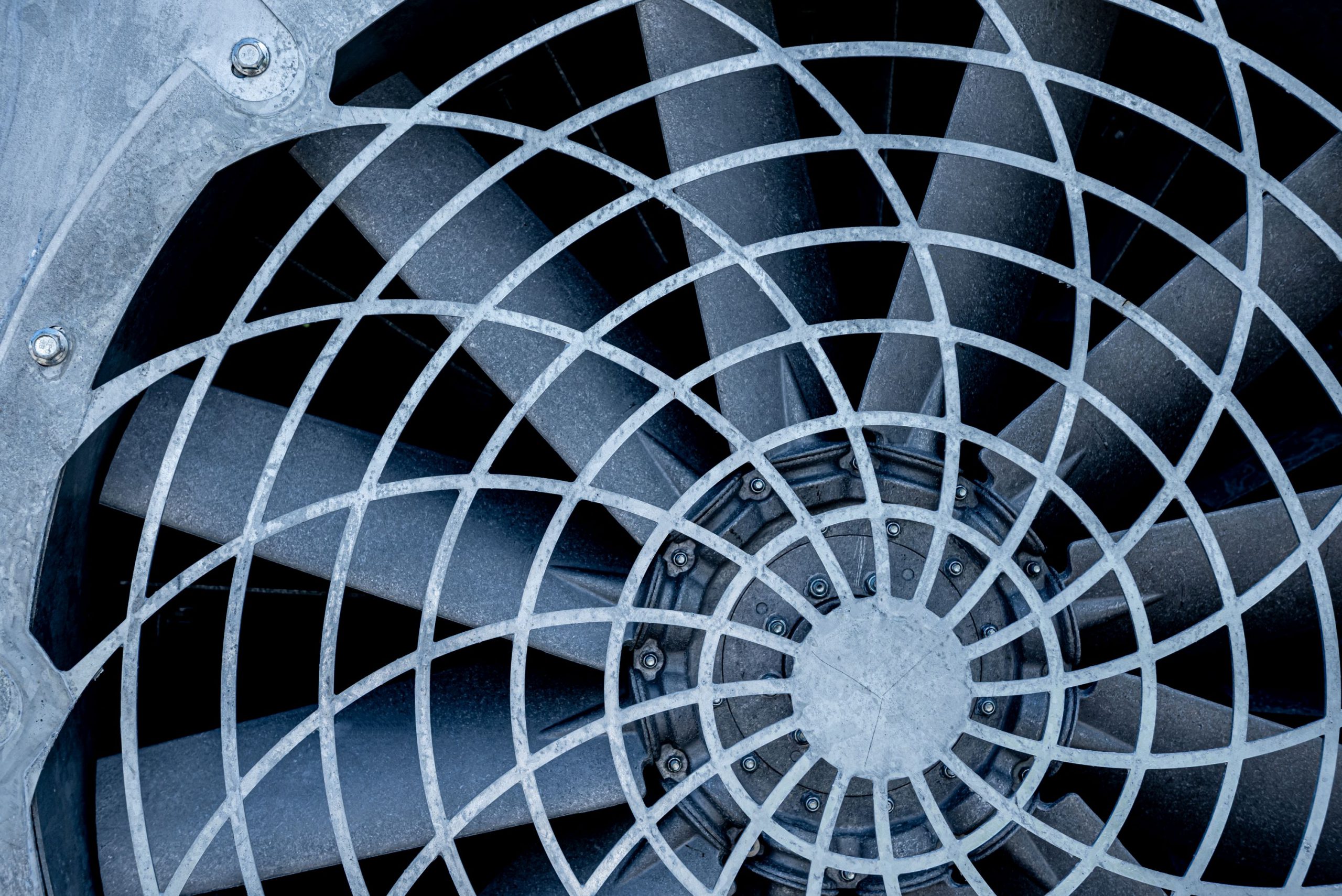Christopher Dyson, Zondits guest, 1/16/2024
Fans not embedded in HVAC equipment—”stand-alone” fans—are used in many industrial, commercial, and agricultural applications (such as exhaust, ventilation, and manufacturing processes). The U.S. Department of Energy estimates that installed fans in the industrial sector alone consume about 79 billion kilowatt-hours (kWh) annually, which amounts to about 11% of all U.S. motor-driven industrial electricity consumption.
Despite their importance, until now, relatively little research has been conducted on how we might improve the energy efficiency of these stand-alone fans. A 2023 study by DNV explores some of the significant barriers to improving their efficiency and recommends ways to reduce these barriers. The Northwest Energy Efficiency Alliance (NEEA) sponsored this study.
The Awareness Problem
The first step in improving the efficiency of any energy-consuming equipment is being able to rate and compare the relative efficiency of two different types of equipment. For decades, the HVAC industry has been using the Seasonal Energy Efficiency Ratio (SEER) rating to compare the relative efficiency of air conditioners, the Annual Fuel Use Efficiency (AFUE) rating to compare the relative efficiency of natural gas furnaces and boilers, and the Coefficient of Performance (COP) to compare the relative efficiency of heat pumps.
Stand-alone fans have their own efficiency rating system—the Fan Energy Index (FEI)—but it is less straightforward than these other efficiency rating systems (e.g., a given fan may have more than one FEI for a given design condition), and FEI has only been around since 2016. The 2023 DNV study found that industry awareness of FEI is lacking, likely due to its newness: less than half of the 31 fan vendors and end users DNV interviewed had even heard of FEI. This lack of awareness presents a significant barrier to improving fan efficiency: if fan purchasers are unaware of FEI, they won’t include it as a required specification when soliciting bids from fan manufacturers, even if they place a high value on energy efficiency. Further, if fan purchasers are not asking for FEI ratings, fan manufacturers are unlikely to include them in their standard product “spec sheets” or project schedules.
The Software Problem
Another significant barrier to improving stand-alone fan energy efficiency is that fan selection software, which is commonly used by fan manufacturers and design engineers to compare fan options for given performance requirements, does not uniformly include FEI ratings in its analysis packages. So, even if fan purchasers are aware of FEI and value it as a possible fan selection factor, there is no standardization across fan suppliers to include FEI in the software’s analysis outputs for design engineers. This “software problem” is likely related to the “awareness problem” mentioned above, since if fan purchasers are not demanding FEI information, fan selection software designers are not likely to include the metric in their default specification parameters.
The Thriftiness Problem
The DNV study also found that the standard practice in existing commercial and industrial buildings is to keep old stand-alone fans going as long as possible and only replace them in cases of total fan failure. Some building maintenance managers said that they were keeping fans going that had been installed as far back as the 1970s. As fan components such as motors, shafts, bearings, and pulleys wore out, they would replace them, usually inexpensively via auto supply wholesalers. Since only 25% of these building maintenance managers were aware of FEI, they likely did not realize that keeping these old, inefficient fans going was costing their companies more in the long run due to higher energy use.
Paths Forward
The DNV study identified several strategies for increasing the energy efficiency of stand-alone fans:
- Incorporate FEI into building codes. DNV observed that the adoption of FEI into some building codes in the Northwest has driven FEI awareness among fan market actors.
- Support market education both broadly for fan efficiency and for the FEI metric specifically. Such education could influence the selection process for fans, highlighting the total cost of ownership and how to use efficiency metrics such as FEI to compare performance across products.
- Engage with key manufacturers to showcase FEI in fan selection software. There is an opportunity to work with manufacturers to promote FEI by featuring it prominently in software default settings and encouraging its use in fan selection.
- Consider promoting the non-energy benefits of efficient fans, such as noise reduction. Some market actors mentioned that noise reduction was a selling point for new fans, especially in certain subsectors such as commercial kitchens or libraries.
- Highlight the benefits of integrating fans with controls. Fan controls such as variable frequency drives (VFDs) and electronically commutated motors (ECM) can increase fans’ energy efficiency. The DNV study observed that while the use of fan controls has increased, there are opportunities for further market penetration.
More information about NEEA’s Research and Reports, including the upcoming DNV report on Efficient Fans Market Characterization, can be found at https://neea.org/resources-reports.

